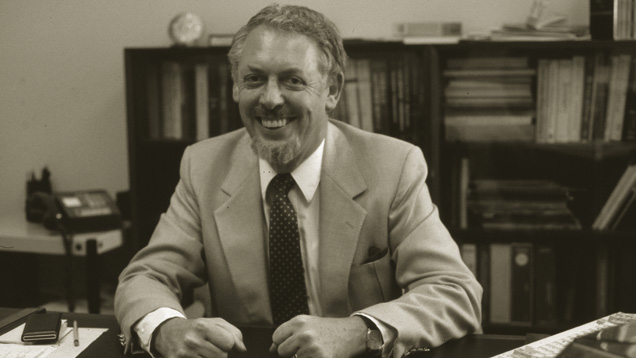D. Vincent Manson (1936–1999)

Manson joined GIA as the director of research in 1976, setting up a new facility to generate original research and expand gemological knowledge. He remained with GIA until his death in 1999, becoming director of education in 1985 and ending his career as director of strategic planning. In this capacity, he was instrumental in moving GIA’s headquarters and home campus to its current location in Carlsbad, California.
During Manson’s tenure, GIA’s research facility used state-of-the-art analytical equipment and created a database where natural, treated, and synthetic gems could be documented and referenced. He continued to publish groundbreaking work on diamonds and colored stones and served as associate editor of Gems & Gemology for 19 years (1980–1999). He also served as a consultant to filmmakers who produced documentaries on geological formation. Building on his experience as a curator, he cultivated relationships with museums with notable gem collections. One such connection resulted in the celebrated “Nature of Diamonds” exhibit at the San Diego Museum of Natural History in 1999. In one of his most enduring contributions to the gemological world, he helped establish the International Gemological Symposium, which he chaired in 1982, 1991, and 1999. These contributions led to his posthumous receipt of the Richard T. Liddicoat Lifetime Achievement Award in 1999.



